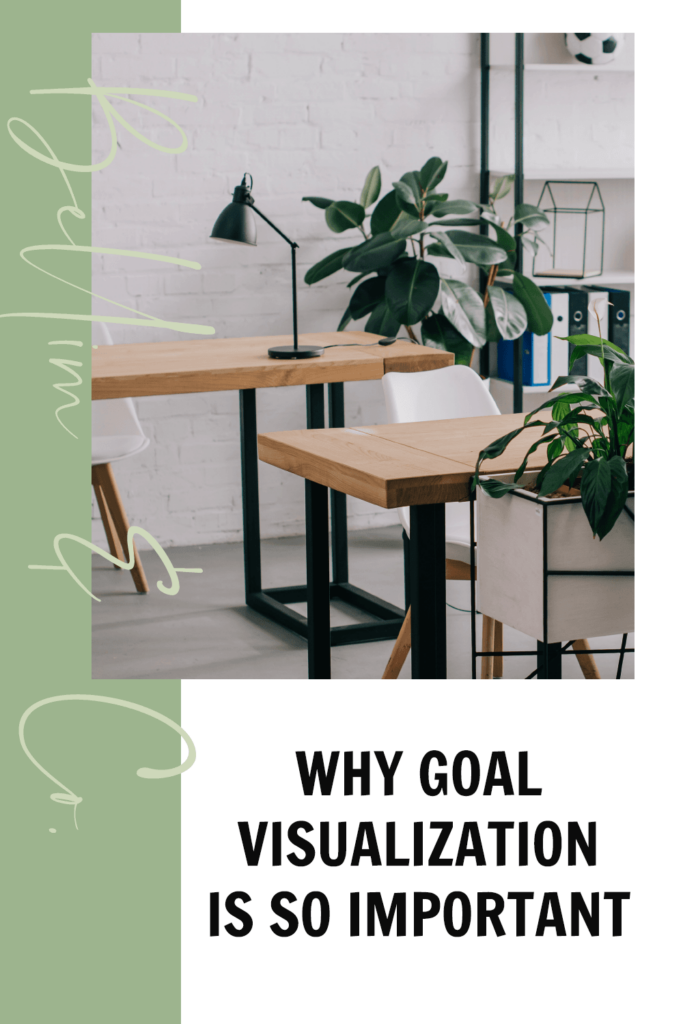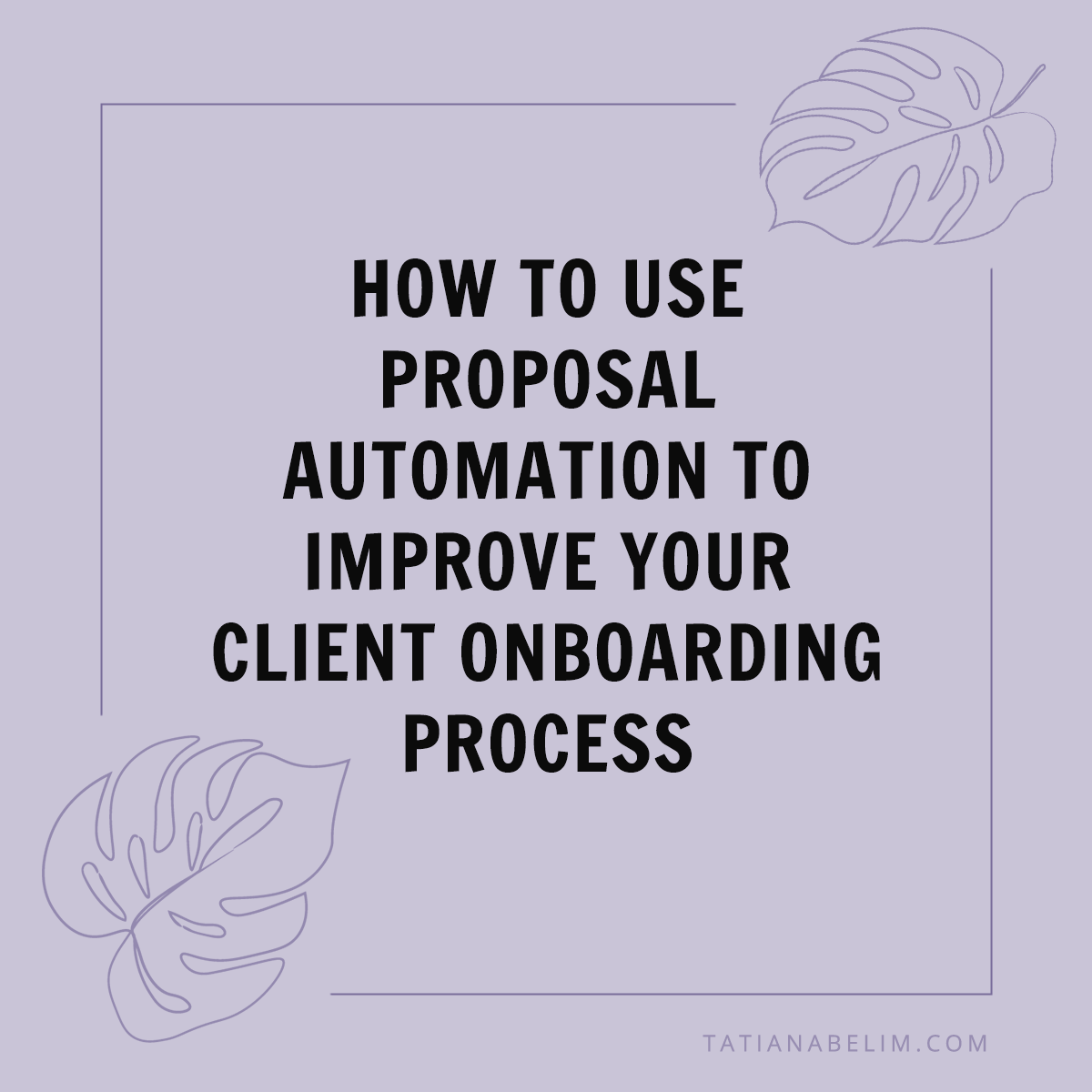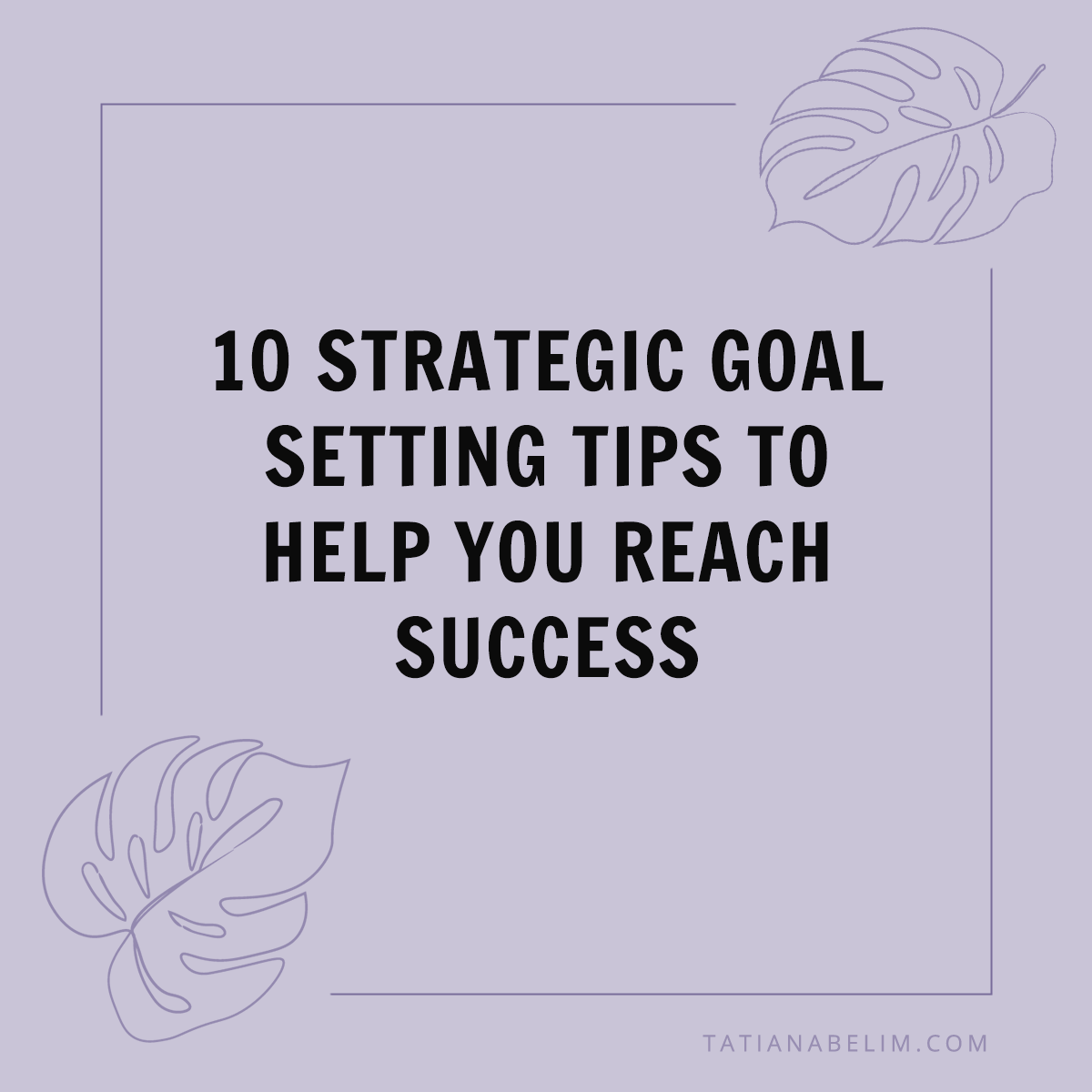We all have goals we’d love to achieve. But for most of us, turning those goals into reality can be difficult—especially the bigger, more challenging ones. Luckily, goal visualization is a POWERFUL strategy to help you achieve your big (and small) goals!
How many times have you put something on your “to-do” list, only to see it remain there, uncompleted, for days, weeks, months, or even years? You’re not alone…we’ve all been there.
Luckily, there’s a research-backed way to start turning your goals into reality: goal visualization. Read on to learn how goal visualization works, how you can use goal setting tools to implement goal visualization, and to get my Trello board template for visualizing and achieving goals.
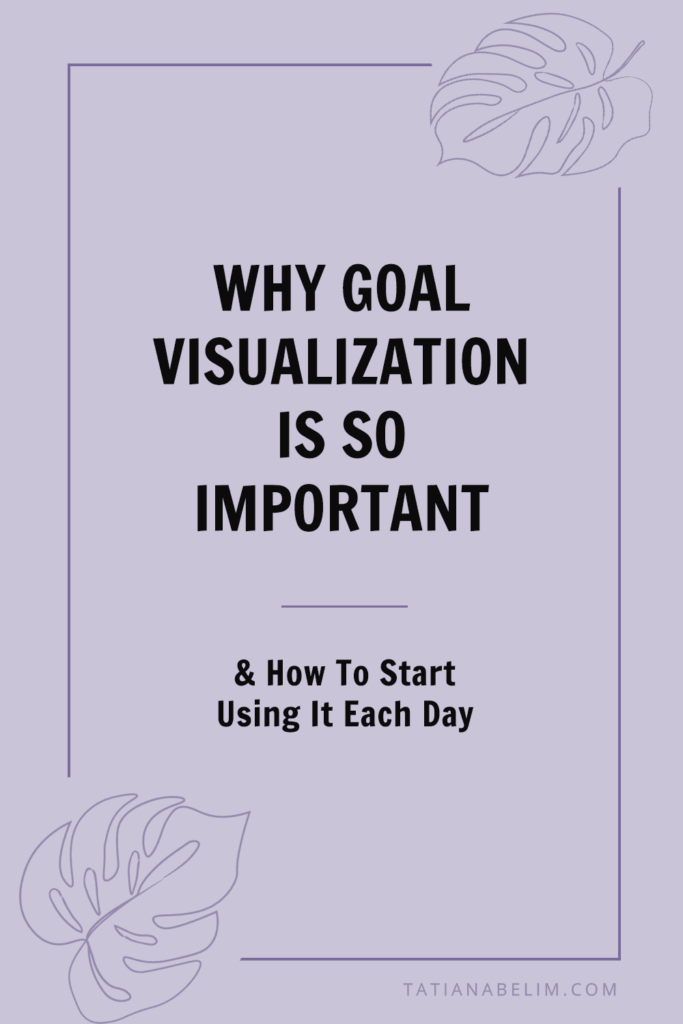
What Is Goal Visualization, and How Does It Work?
Goal visualization is the process of clearly picturing your goals. You can do this by simply imagining them in your mind, saying them out loud, or writing them down.
It makes sense that this would be an essential first step toward achieving your goals, right? After all, you can’t achieve something that you can’t clearly see and define (and if you can, please tell us how!).
When you’re able to imagine yourself achieving your goals, it motivates you to actually take action.
But goal visualization doesn’t just make sense intuitively…it’s also borne out by research!
Studies have found that visualization can improve both physical and psychological performance in all sorts of situations, most notably among athletes.
For example, in one study, participants who practiced taking free throw basketball shots improved performance by 7%, while those who practiced and visualized making free throw shots improved performance by 32%! In another study, people who visualized exercising (but didn’t actually exercise) experienced almost as much of a strength increase as those who actually exercised. Couch potatoes rejoice!
Meanwhile, Olympic athletes are well-known for using visualization as a means to both improve performance and remain calm and relaxed before competing.
According to brain imaging research, goal visualization works because our neurons interpret the images in our minds as real-life events. Our brain then tells the neurons to “perform” the action or thing we visualized, which creates a new neural pathway (a cluster of cells in our brain that creates learned behaviors). This prepares your brain and body to perform the action in real life. Pretty cool, huh?
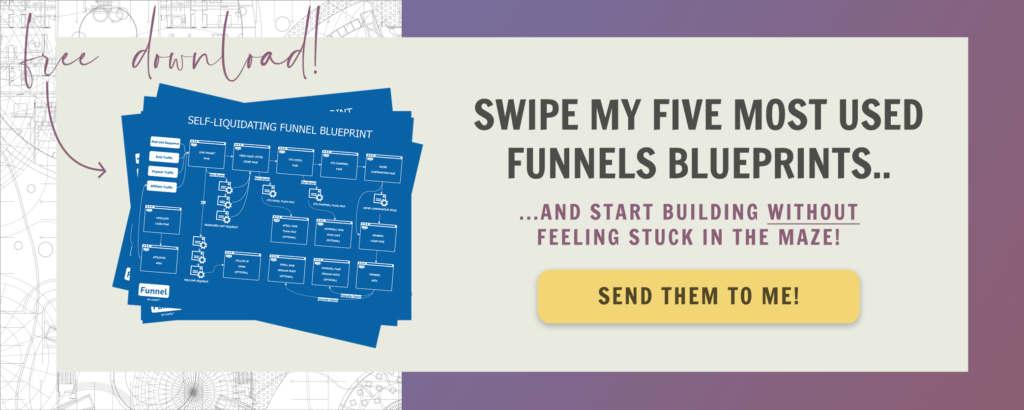
2 Types of Goal Visualization
What’s important to remember is that not all goal visualization is created equal. In fact, there are two types of goal visualization!
It’s important to understand the difference…because one of those types can actually make you less likely to achieve your goals! The two types of goal visualization are outcome visualization and process visualization.
Outcome Visualization
Outcome visualization is when you envision yourself achieving your goal. This type of visualization can actually be de-motivating because it makes you feel as though you’ve already accomplished the goal!
You get the little “zing” of positivity that you were looking for. When you’ve already imagined what it feels like to achieve something, you feel like that experience is over…and you aren’t motivated to take further consistent action.
Process Visualization
On the other hand, we have process visualization. This is when you envision each of the individual actions and steps that will be necessary in order to achieve your goal.
Process visualization has been shown to boost the odds that you achieve your goal—and do it well.
When you’re specific about the actions you need to take to reach your goals, you create a more targeted mental picture. That picture activates the corresponding brain pathways and makes it easier for you to perform those actions and reach your goal!
If you want to use goal visualization to turn your dreams into reality, you need to visualize the journey, not just the final destination.

How To Start Using Goal Visualization Effectively
Now, you know how important it is to focus on the process rather than the outcome. But what else should you do in order to use goal visualization to help you achieve your goals?
If you want to effectively visualize your goals, I recommend implementing these five best practices for the best results.
Set Aside Specific, Dedicated Time To Set Your Goals
To start using goal visualization, you’ll need to set aside specific, dedicated time and limit distractions. You can’t truly visualize your goals if you’re multitasking, in a hectic environment, or trying to get it done quickly between other tasks!
Dedicate an hour or so to the process, and make sure you won’t be interrupted (yes, even by your needy pet cat). This is the best way to ensure that you’re not wasting your time.
Related: How To Visualize Success And Achieve Your Biggest Goals
Put Your Goals In Writing
Next, you’ll want to put your goals in writing. Although the idea of goal visualization sounds like it would solely require imagining something, it’s much more effective to also write it down.
When you write down your goals, you have to put into words what it is that you want to achieve and how you’re going to do it. This helps you gain clarity on your goals (and feel motivated—nothing’s better than a tangible reminder of what you’re working towards!).
Be Realistic and Concrete As You Visualize Your Goals
Make sure your goals are realistic and concrete. Many of us have big, vague, goals, like “grow my business” or “be healthier.”
A vague goal can be a good starting point, but if you want to actually accomplish it, you need to make it more specific. For instance, “grow my business” becomes “increase my newsletter list by 50% by the end of the year,” and “be healthier” becomes “eat three servings of vegetables a day.”
The more specific, realistic, and concrete you are, the better goal visualization is going to work!

Break Big Goals Down Into Smaller Actionable Tasks
Another key step in goal visualization is to break things down. Your big goals need to be broken down into smaller tasks. That’s where that process visualization we discussed comes into play big-time!
Once you’ve gotten clear on the outcome you want, identify the steps you’ll need to take to get there. This will help you get started and make the process of achieving your goals feel less overwhelming.
Breaking things down also allows you to tap into the POWER of process visualization. For example, if your desired outcome is to build an app, you might break it down into smaller steps. Like: “do research on competitor apps,” “make a list of desired features,” “hire a developer,” and so on.
Keep breaking the task down until you have a single actionable item that you can accomplish in under an hour.
This strategy is one of the most powerful ways to make goal visualization work for you!
Use Tools Like Trello For Goal Visualization
If you want to take goal visualization to the next level, tools are the key. Of course, you can visualize your goals on your own, without any bells or whistles. But I’ve found it to be much more effective to use goal-setting tools, especially if you’re working on tracking multiple goals at once!
Tools help you stay organized. You can get a real-life picture of your goals and the progress you’ve made toward them. This adds even more power and substance to the goal you visualized in your mind.
There are a variety of goal-setting tools! From whiteboards to old-school pencil and paper to sophisticated software with all sorts of features.
There’s also been a recent boom in software programs that you can use to set, track, and achieve goals. Tools for goal-setting include Trello, Asana, Airtable, ClickUp, and lots more. Honestly, it feels like every weekend there’s a new one popping up. I’ve seen many clients succumbing to “shiny object syndrome.” This can waste tons of time as they switch back and forth between different programs.
It’s important to remember not to get distracted by choosing the perfect tool. Instead, focus on your process for achieving goals. You can adapt almost any goal-setting tool out there to your particular needs and goals. So remember to always keep the process — not the software — at the center.

Why I Recommend Trello For Goal Visualization
For myself and my clients, I generally recommend Trello for goal visualization! It has a very clear visual layout that allows you to truly see each step you need to take to achieve your goals.
I also find that Trello activates both sides of your brain. The visual, drag-and-drop, adaptable layout works the creative right side of your brain, allowing you the freedom you need to think big and ideate. Meanwhile, the systems and structure help work the methodical left side of your brain, allowing you to stay organized.
With Trello, you can create “Boards,” completely customized to your needs. Inside your Boards, you can create as many “Lists” as you want. Lists are basically vertical columns that are focused on a particular type of task. Within each List are “Cards,” each of which contains one task and all the information you need to accomplish that single task.
Every individual and every team will use Trello differently. You may even find that you use it differently depending on what type of project you’re tackling. The beauty of Trello is that you can totally customize it to you and your business! That way, you can create the perfect visual layout and workflow for each of your unique goals.
The research is clear. Visualizing the process of achieving your goals makes it much more likely that you’ll get the outcome you want. With goal-setting tools like Trello, you can take your goal visualization one step further, making the whole process — from ideation to completion — visible and trackable.
Curious about Trello? Grab my One Board System now to fully implement my easy Trello strategy in less than 2 hours!
